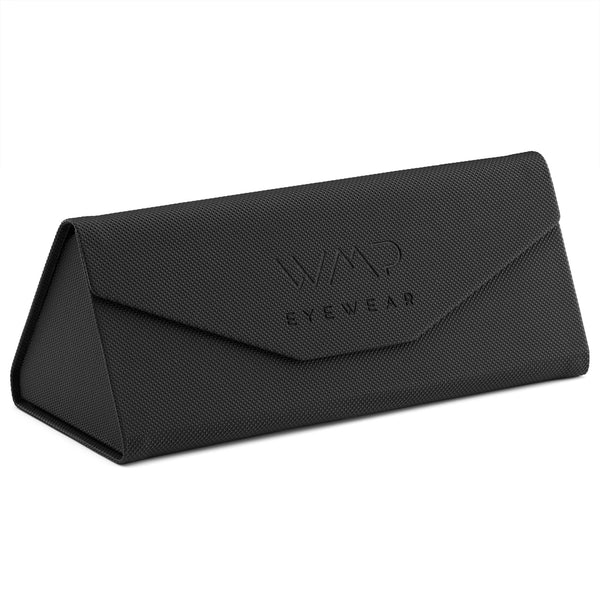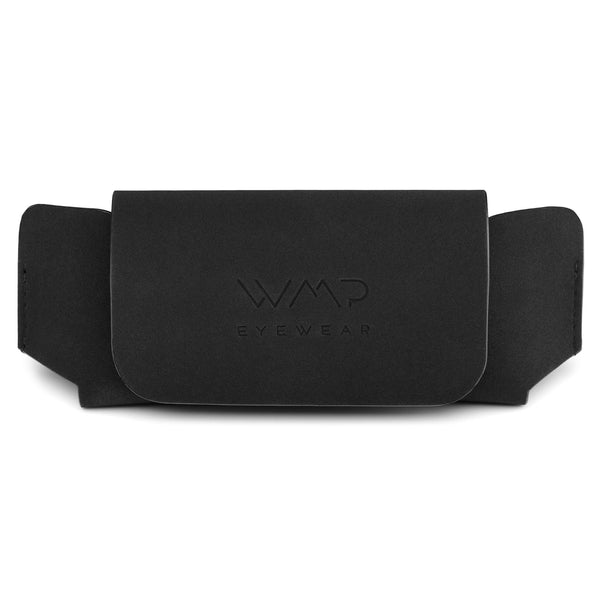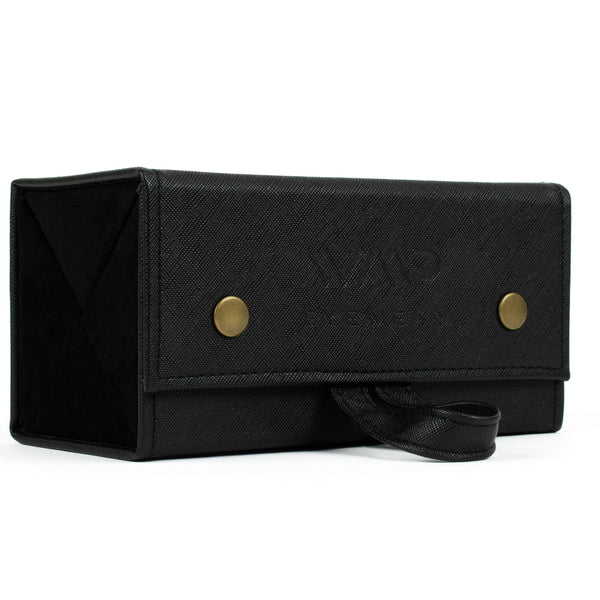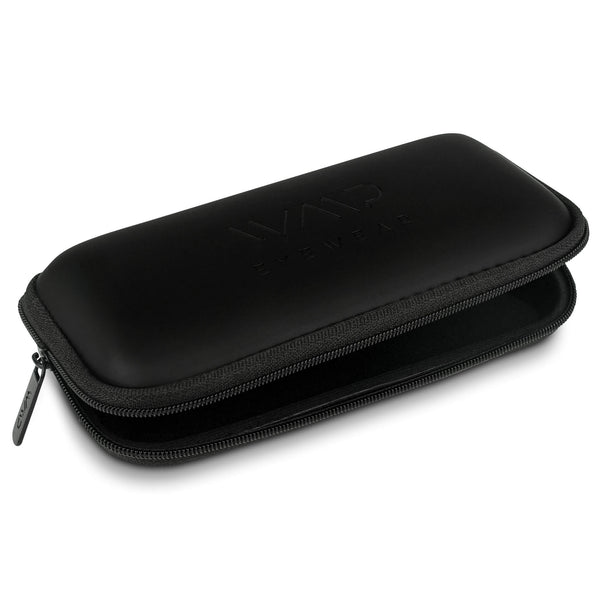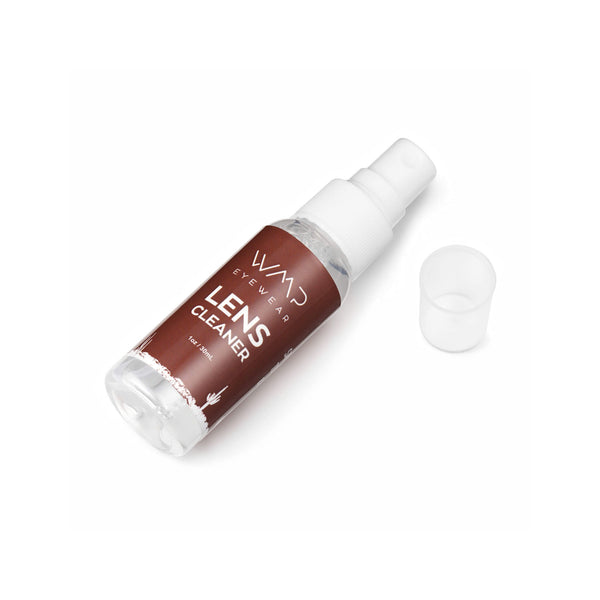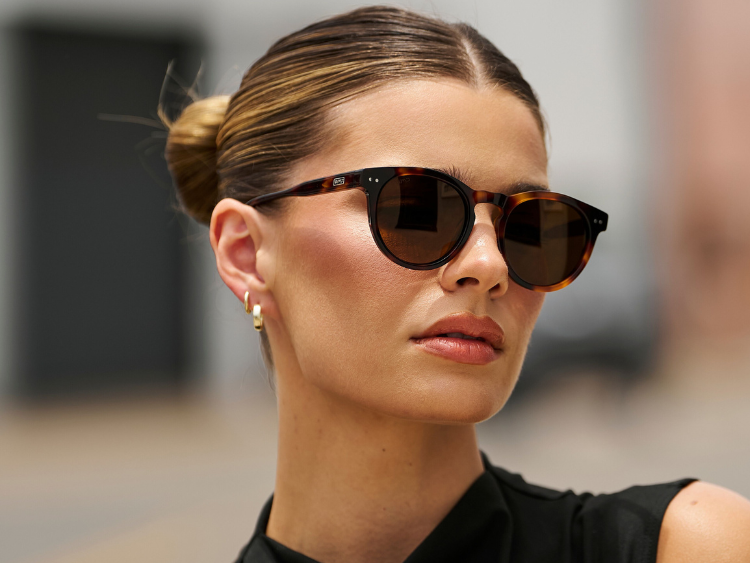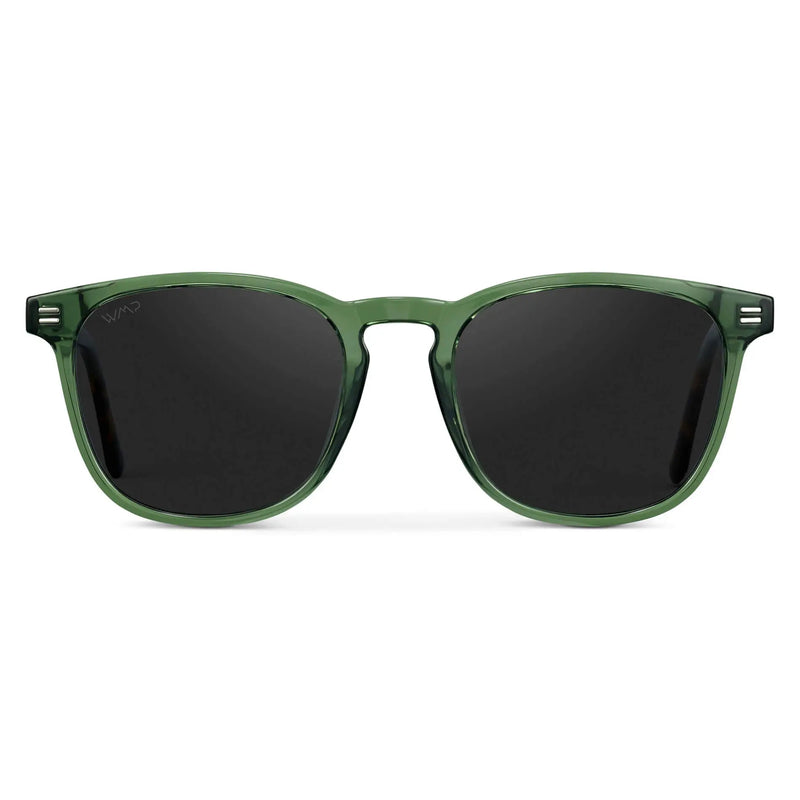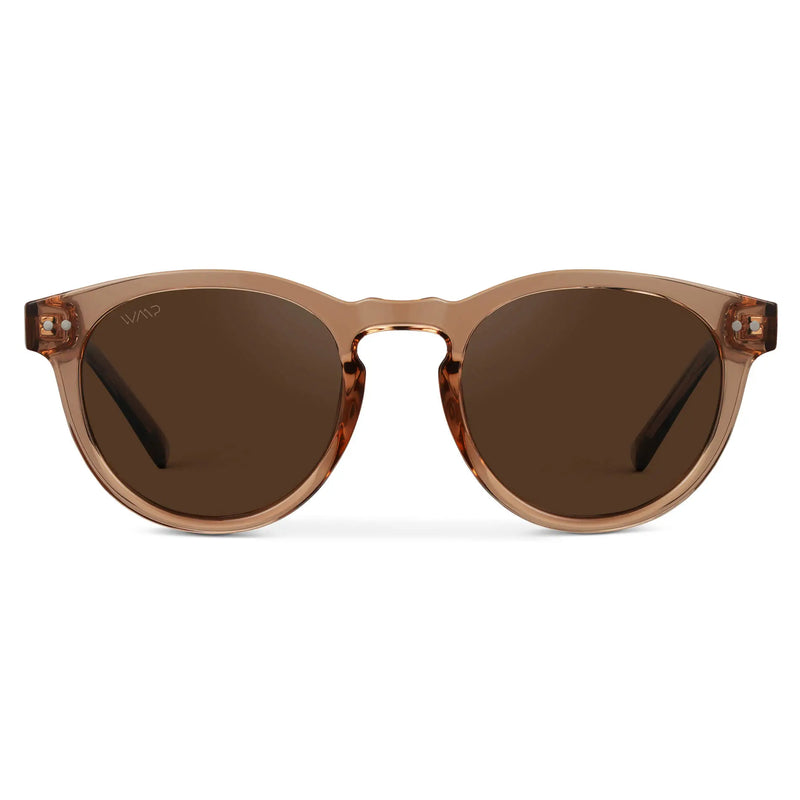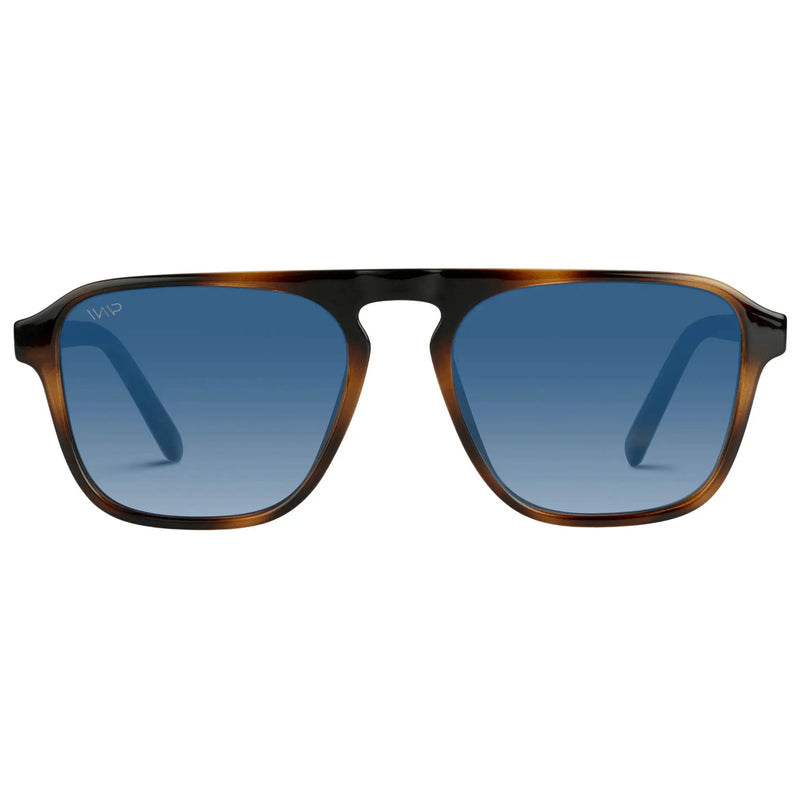Your Guide to Aviator Sunglasses

Aviators are undeniably cool—from action heroes to movie stars, they've become a staple of American iconography since the early 20th century. While they weren’t the first sunglasses, they were the first to have such a distinctive and functional style, setting the standard for what sunglasses could be.
So, where did aviators come from, and how do you find the right pair? We’ll dive into the history of these iconic frames, explore the different types of aviators available today, share tips on choosing the perfect pair, and give you some styling inspiration.
Originally developed by Bausch & Lomb in 1936 for military pilots, aviators were designed to replace bulky flying goggles. Their signature shape wasn’t just for looks—it was created for maximum functionality. Let's start with where it all began.
History of Aviator Sunglasses
A Military Solution
World War I saw the first use of planes in combat, with pilots flying above the clouds to avoid enemy fire. However, the intense sunlight at high altitudes caused eye strain and headaches. Existing goggles fogged up in the cold, prompting the Army Air Corps to partner with Bausch & Lomb to develop sun-blocking glasses for pilots.
Designed for function, the aviator's teardrop shape offered maximum sun protection and visibility, with dark, mirrored lenses to reduce glare. Initially branded as "Ray Ban," these sunglasses revolutionized military eyewear and became standard issue for U.S. pilots after the war.
By the late '30s, Ray Bans were marketed to luxury sportsmen, including hunters and golfers, and worn by notable figures like Al Capone. Aviators gained iconic military status during World War II when General Douglas MacArthur was famously photographed wearing them. After the war, the sunglasses became a symbol of heroism, patriotism, and style, worn by pilots and civilians alike.
Aviators in Hollywood
After the war, the film industry turned en masse to war films, and the leading men--often pilots or officers--wore aviators. The shades, already with a steady following among military men and the elite, became associated more firmly with bravery, masculinity, and sex appeal. Commercial production increased, and aviators became more widely available and less costly for the average consumer.
Aviators became the accessory for movie stars and celebrities in the 50s and 60s. Marlon Brando wore them, on set and off. Elvis made them his signature, as did Gloria Steinem. Starlets began reaching for the iconic frames as well, and in the '70s, tinted lenses were commercialized and pink aviator sunglasses became available for women.
The aviator's place as sunglasses royalty was solidified in 1986 with the release of Top Gun, starring Tom Cruise and Val Kilmer in jumpsuits and aviators. The rule-breaking, death-defying Maverick ensured the aviator style's association with bad boys and cool dudes. They have been a top-selling frame ever since.
Types of Aviators
Today, many variations exist on the classic aviator. Colored lenses, rectangular frames, and polarized versions have become popular. In general, all aviators have these features in common:
Traditionally, aviator frames were metal, but some today can be found in plastic or acetate for a more rigid frame. The frame shape is either the typical rounded lenses or lenses that become more rectangular at the larger end of the teardrop. Large, oversized aviator frames have become trendy for women. Outdoor enthusiasts and sportsmen reach for polarized aviator sunglasses to cut glare. Lenses are available in a variety of colors, the most common being black, gray, dark green, dark blue, or mirrored. Fashion colors like pink, red, purple, or aqua make for a fun statement pair.

Who Can Wear Aviators?
Aviators are a classic sunglasses style that work well on most face shapes. Classic teardrop aviators are a great choice for oval, square, and heart-shaped faces. Oblong faces can pull off oversized frames like these oversized black aviators, while rounder faces should look for more rectangular sunglasses like the Emmett square aviator sunglasses to balance out their features. Diamond shaped faces look better with narrower frames that stay within the cheeks, so stay away from oversized aviators.
If you aren't sure what category you fall into, here's a helpful guide for finding the right frame for your face. A classic, midsize aviator like the Maxwell will work for most faces.
Aside from frame shape, take into account your skin tone and style. Warmer tones look great with gold hardware, while cool skin tones look bright and healthy next to silver. Do you like the classic look of sleek metal and dark lenses, or does a lens in a fun color sound more you?
Are Aviator Sunglasses Unisex?
Though aviators were originally designed for military men, the versatile frame looks great on both guys and girls. Oversized frames with lighter lenses have been a very popular choice for women recently, while the classic dark lenses in metallic frames are a tried and true hit with men. Some styles may be better suited to men or women, respectively. We offer women's aviators that are on the narrower and rounder end of the spectrum and come in fun and feminine colors. Likewise, our men's aviators suggestions are wider and more angular to complement a masculine jawline and come in sporty colors. Some styles are featured on both our men’s and women’s pages.
Just keep in mind the sizing of your frames while shopping for your perfect pair of aviators. Some may need to look for a narrower lens width, which fits smaller faces best. Our chic Hayden frame is a perfect choice for people with narrower faces.
On the opposite end of the spectrum, people with wider faces may need to shop for a larger than average frame. Look for a lens length of 60mm or more, like the oversized square Harvey. For more help finding the perfect frame to fit your face, check out this useful sizing guide.

Are Aviators Good For Driving?
Aviators make for a great pair of driving glasses, particularly for road trips and long stints in the car. The aviator frame was specifically designed to block the most light and offer the most protection for your eyes of any lens shape. They still offer that built-in protection, now with the added option of polarized or mirrored lenses. Polarization and a mirror coating are both lens innovations designed to further reduce glare, each with a slightly different function. Which is the right choice for your lifestyle?
Polarized Lenses
Polarized lenses are excellent at reducing glare from light reflected off hard surfaces, especially flat bodies of water. Polarization is a great feature for boaters and drivers alike. On the roadway, polarized lenses reduce glare from flat surfaces like car hoods and the pavement. A special filter in the lens blocks the intense, directional light that occurs when natural sunlight is reflected.
While polarization is helpful in an outdoor environment, it can reduce visibility of some digital screens, like the displays at ATMs and gas station pumps, or even your cell phone.
How to Style Aviators
Aviators are a versatile, classic style that elevates any look. Here’s how to rock them:
1. Keep It Casual
Aviators shine with laid-back outfits. Pair black aviators with a T-shirt and jeans for a sleek look or opt for colored frames to add flair to a sundress. Oversized styles give sweaters and leggings an effortless cool.
2. Minimal Accessories
Let aviators stand out—avoid over-accessorizing. Match them with a simple watch or classic jewelry, and stick to solid colors for a polished vibe.
3. Workplace Etiquette
Aviators work best in casual settings. If you pair them with a suit, keep it simple—think navy or charcoal for a sleek, retro feel.
4. Embrace the Outdoors
Aviators are built for adventure. Wear them with hiking boots and a flannel for a rugged, outdoorsy style.
5. Stay Cool
Hook aviators on your collar when indoors, and remember—confidence is key. Keep it simple and effortless, and you’ll look great.
Top 3 Aviator Styles
Emerson


